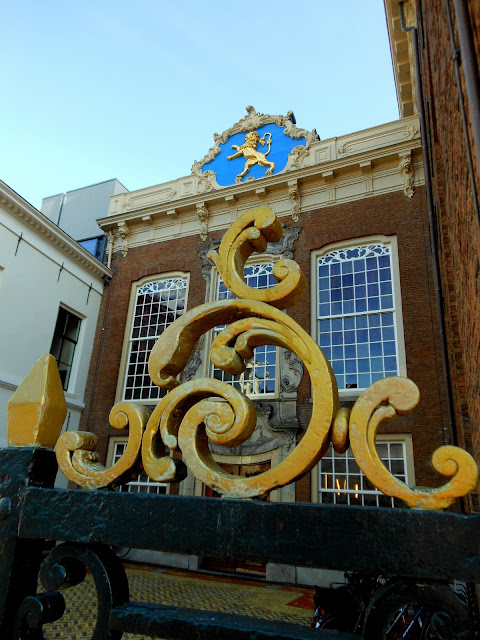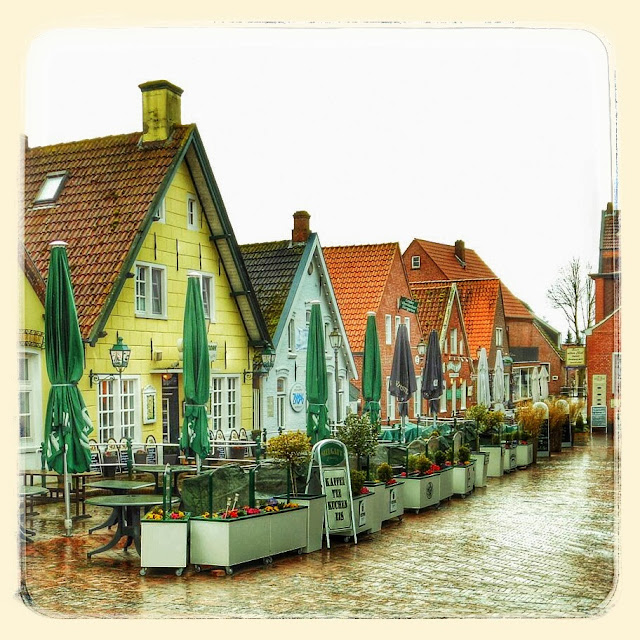Shortly after arriving at our destination in Belgium (2019-03-26) we realized that we needed to fill up with gas. Google Maps recommended the town of Martelange; close enough to the location of our AirBnb and apparently with plenty of gas stations. After fueling up, eating in a restaurant, and buying a few groceries, we drove around a bit. We came upon this impressive monument - Monument national des Chasseurs Ardennais. We didn't realize it at the time but, in this region, we were in the middle of territory that had seen incredible WWII battles.
 |
| Monument national des Chasseurs Ardennais (2019-03-26) |














































